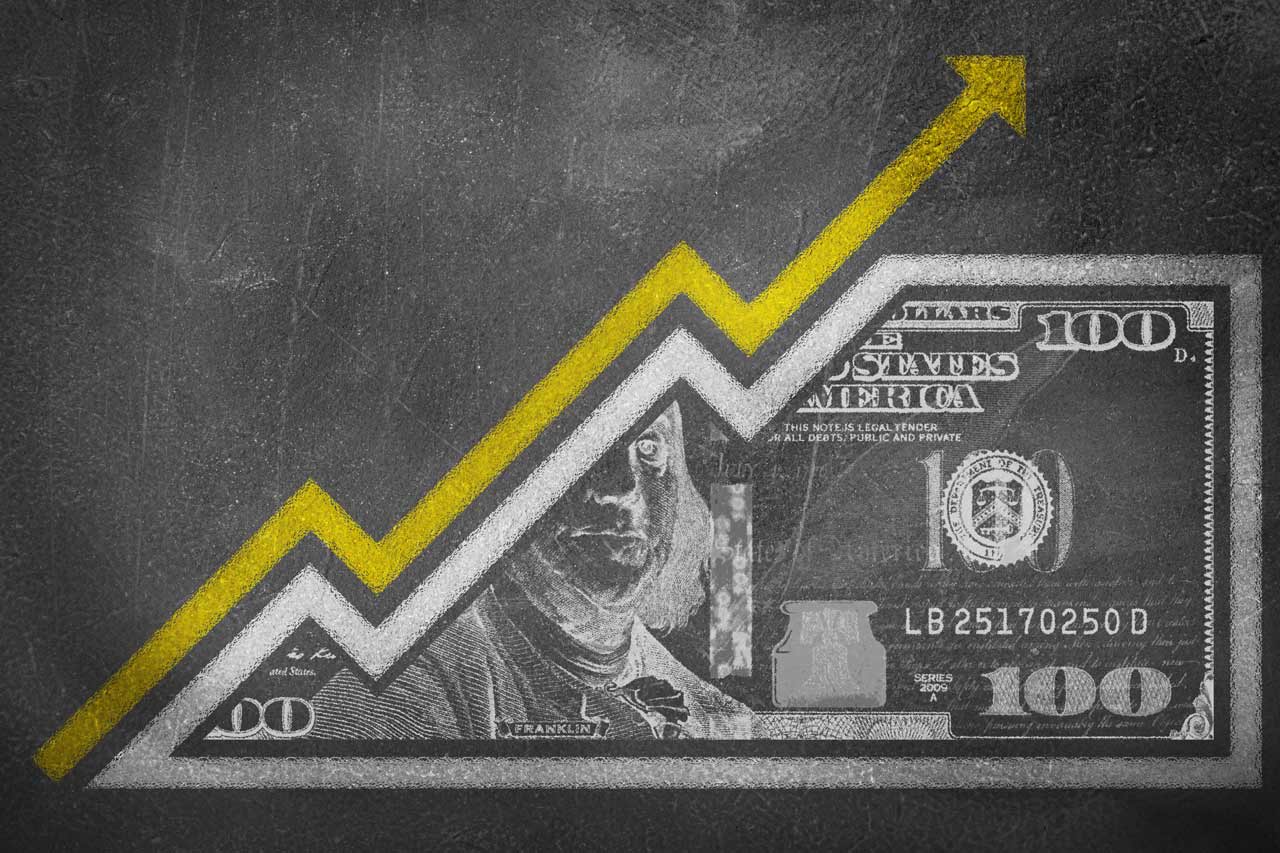Crisis Management Lessons from Wells Fargo and Papa John's

Another Labor Day is over, another summer is in the rearview mirror.
The flip-flops are stowed away, the grill cleaned and the beach just a nice memory.
Now we are ready for the most wonderful season of all – no, not Fall, I mean budget season.
In the past, crisis planning usually made it onto the long list of projects for the budget.
But when the decision was made about the top priorities, too often the crisis plan was deferred until ‘next year’.
This is the first of three blogs in which we will help you make the case within your own organization that an updated, best-practice crisis plan is not a ‘nice to have’, it’s a ‘must have’.
In this blog we will look at the salutary lessons from two companies which once upon a time had stellar reputations and may well have thought they were bullet-proof.
After all, crises happen to other people not us, right?
WELLS FARGO: Why are we still talking about this in the latter half of 2018? Because it’s still going on!
The financial crisis in 2008 engulfed many financial institutions, but left Wells Fargo looking strong, well managed and a paragon of the industry.
However, years later It turns out that to reach tough sales goals and make bonuses, Wells Fargo teams were manipulating customer accounts and even creating millions of false accounts.
The fraud first emerged in 2016 and Wells Fargo was widely criticized for its underwhelming response and poor handling of the situation. We have no way of knowing, but you wonder if it had a fully thought out crisis response plan in place.
Since 2016, malpractice after malpractice has emerged within the organization and the bank has paid hundreds of millions in fines.
At the time of writing, the most recent hit was reported on August 1st – the Department of Justice announced that Wells Fargo had agreed to pay a fine of $2.09 billion for actions that contributed to the 2008 financial crisis.
Yes, the crisis which we all thought Wells Fargo had emerged from without a stain!
PAPA JOHN’S PIZZA: Here’s another company which had a robust reputation as recently as 2017 – but a prolonged crisis has damaged it to the extent that there is speculation in business media that the brand may not survive.
The first pothole was in November last year when founder and CEO, John Schnatter, criticized the NFL for a lack of leadership during the ‘kneel-gate’ controversy.
Papa John’s was a sponsor of the NFL and the CEO’s views were not well received by customers and social media commentators who perceived that racism was behind the comments.
That bump in the road became a nightmare journey as Schnatter, the board and management made fumble after fumble, eventually leading to CEO Schnatter leaving the company he founded in July.
The very public battle with the board continues to the time of writing, while a desperate management team try to win back the lost love of pie-eaters across the US.
On July 25th, CNBC reported that Papa John’s stock has fallen more than 33 percent since Schnatter’s original criticism of the NFL and sales had deteriorated to the extent that the company offered help to prop up struggling franchisees.
Throughout the whole months’ long saga, it was hard to detect the presence of a well thought out crisis response strategy.
Wells Fargo and Papa John’s both had wonderful reputations in the recent past.
Both are now case histories in how not to respond when bad things happen.
How well would you do if a major threat emerged today?









